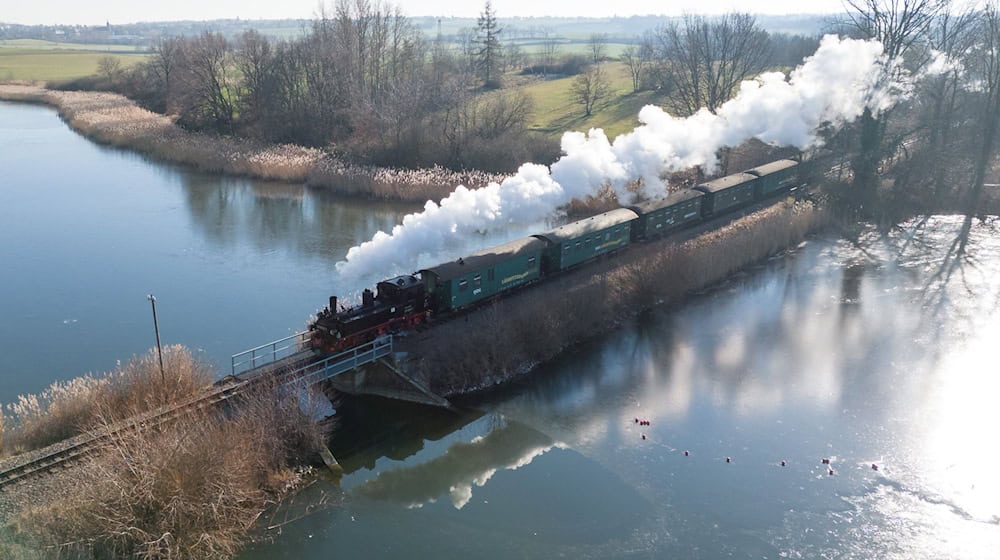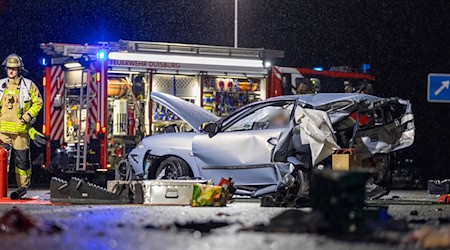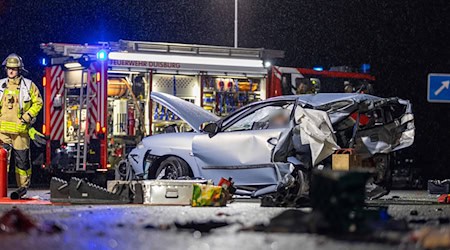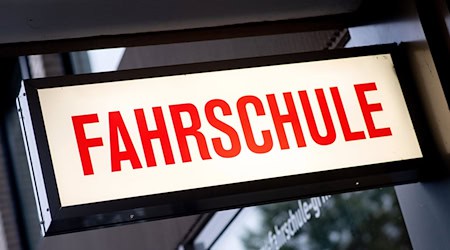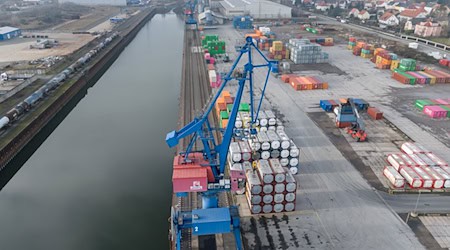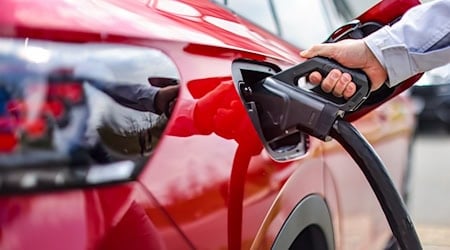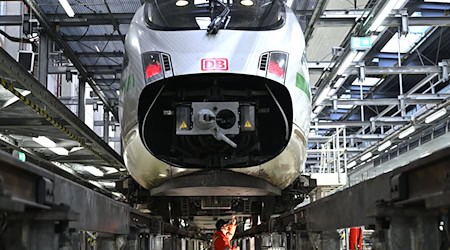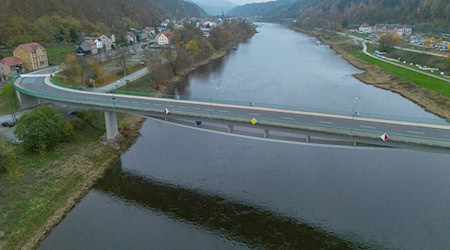The Upper Elbe Transport Association (VVO) has had a good year for its two narrow-gauge railroads in 2024. With over 300,000 passengers on the Weißeritztalbahn and the Lößnitzgrundbahn, they are very satisfied, said operations manager Mirko Froß. Around 127,000 people traveled on the Weißeritztalbahn, two percent more than in the previous year. There were 180,500 passengers on the line through the Lößnitzgrund, seven percent more than in 2023.
Germany Ticket changes the composition of passengers
According to Froß, the Germany Ticket has changed the composition of passengers. On the Weißeritztalbahn, 29 percent of people now hold such a ticket, on the Lößnitzgrundbahn 31 percent. In 2024, they had to pay a "historical surcharge" of eight euros, this year it is 10 euros. However, this allows you to travel on the narrow-gauge railroads all day long. The revenue for 2024 is not yet available, said Froß.
Cocktail rides to attract young people in particular
The new season is now starting with a solid balance sheet, it was said. More than 130 events and themed cruises are planned. To attract young people in particular, the Lößnitzgrundbahn, for example, is offering a ride with gin tasting and an "after-work cocktail ride" with two drinks. One of these is called the Dachshund Cocktail, a reference to the railroad's nickname: Lößnitzdackel.
Maintenance work causes interruptions
Maintenance work will take place on both railroads from March 10 to 28 and from November 3 to 21. The special-purpose association is providing 3.3 million euros for the new workshop in Radebeul Ost. An additional 400,000 euros have been earmarked for both railroads to replace worn wooden sections with plastic sleepers made from recycled material.
The Weißeritztalbahn runs between Freital-Hainsberg and the spa town of Kipsdorf and went into operation in 1882. The Lößnitzgrundbahn connects Radebeul and Radeburg and started operating in 1884. Both railroads are considered a tourist attraction, but are also used by locals for local transportation.
Staff shortage could become a problem in the future
According to Froß, staff is always an issue. There are no more trained narrow-gauge train drivers on the market. It takes two years to train train drivers and six months to train stokers and train drivers. In the next five to ten years, around 30 percent of the current 121 employees will retire. "We can't have AI driving the locomotives," said Froß. At the moment, however, there are still interested parties.
Coal prices have "eased somewhat at a high level", emphasized the operations manager. The three narrow-gauge railroads - in addition to the Weißeritztalbahn and Lößnitzgrundbahn, the VVO also operates the Fichtelbergbahn in the Ore Mountains - require 2,000 tons of coal per year. Coal prices are stable, but the price driver is CO2 pricing.
Copyright 2025, dpa (www.dpa.de). All rights reserved

